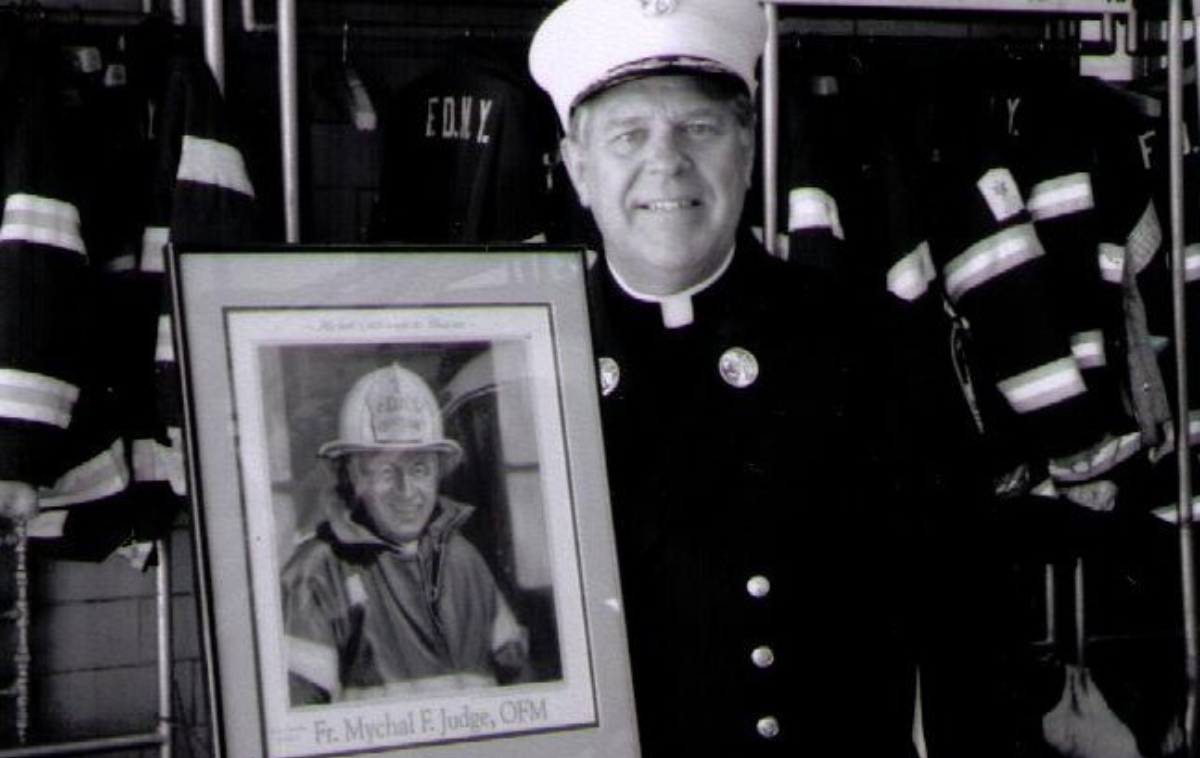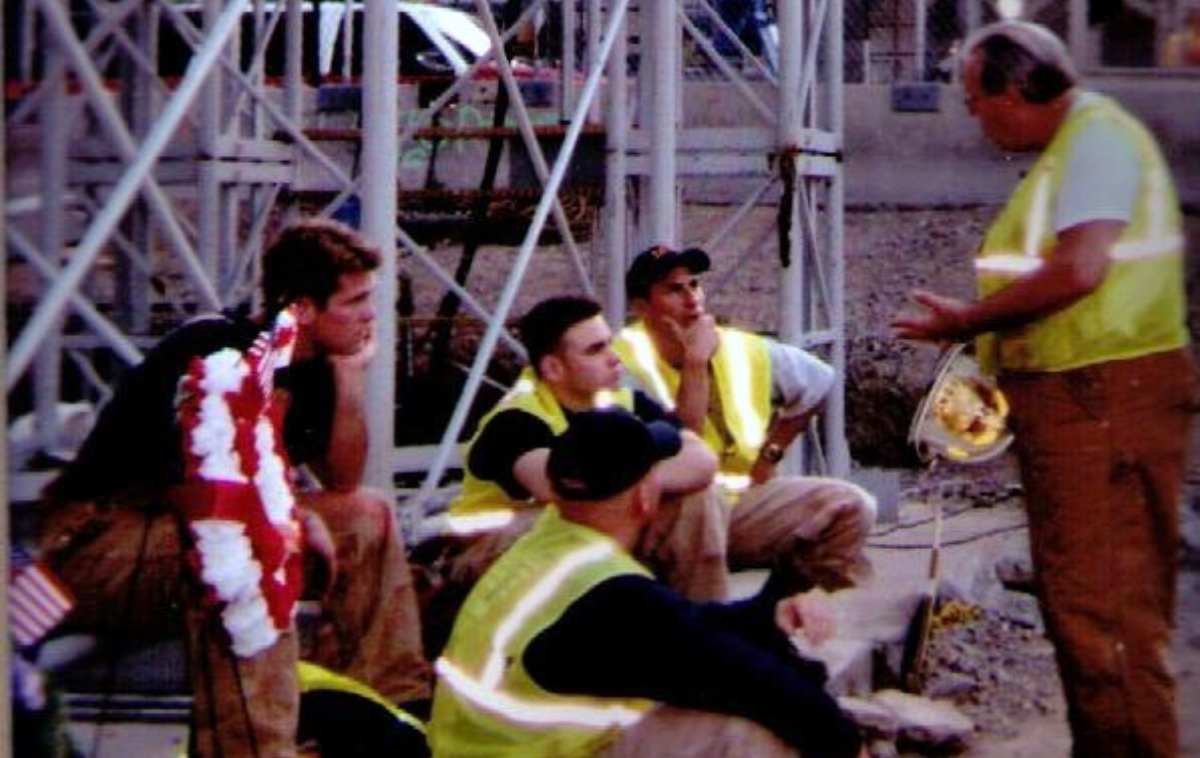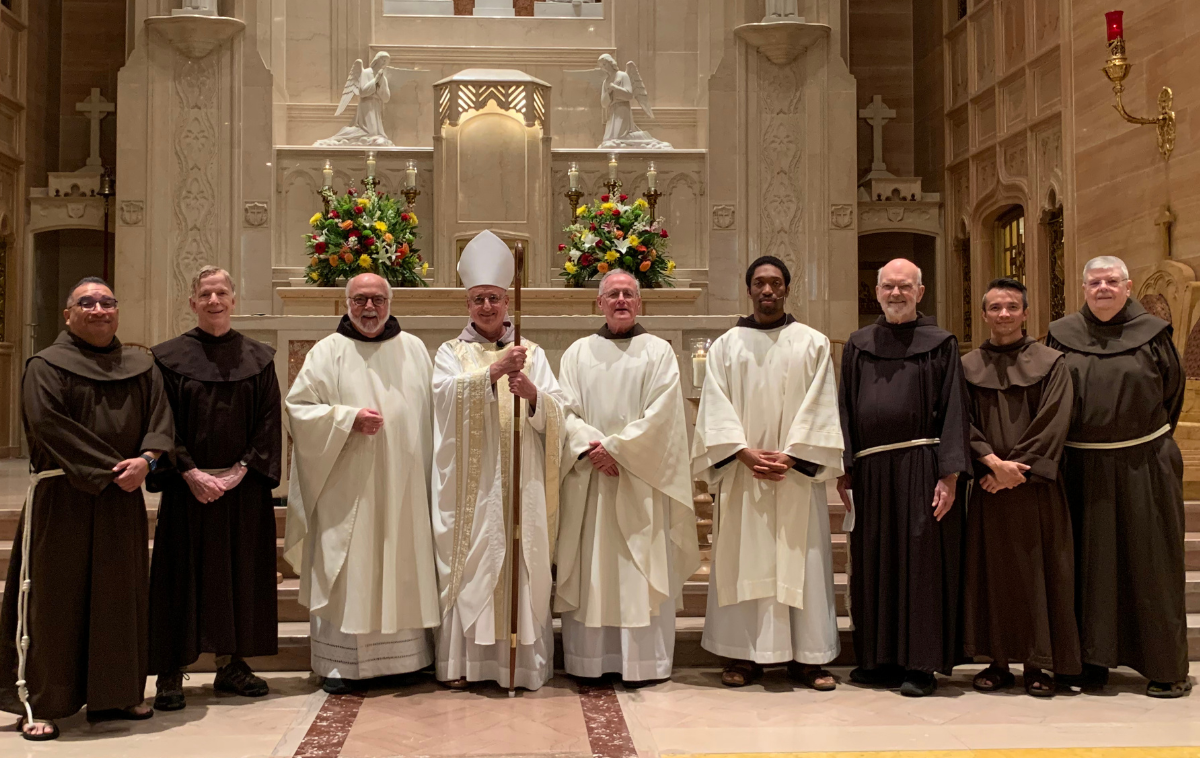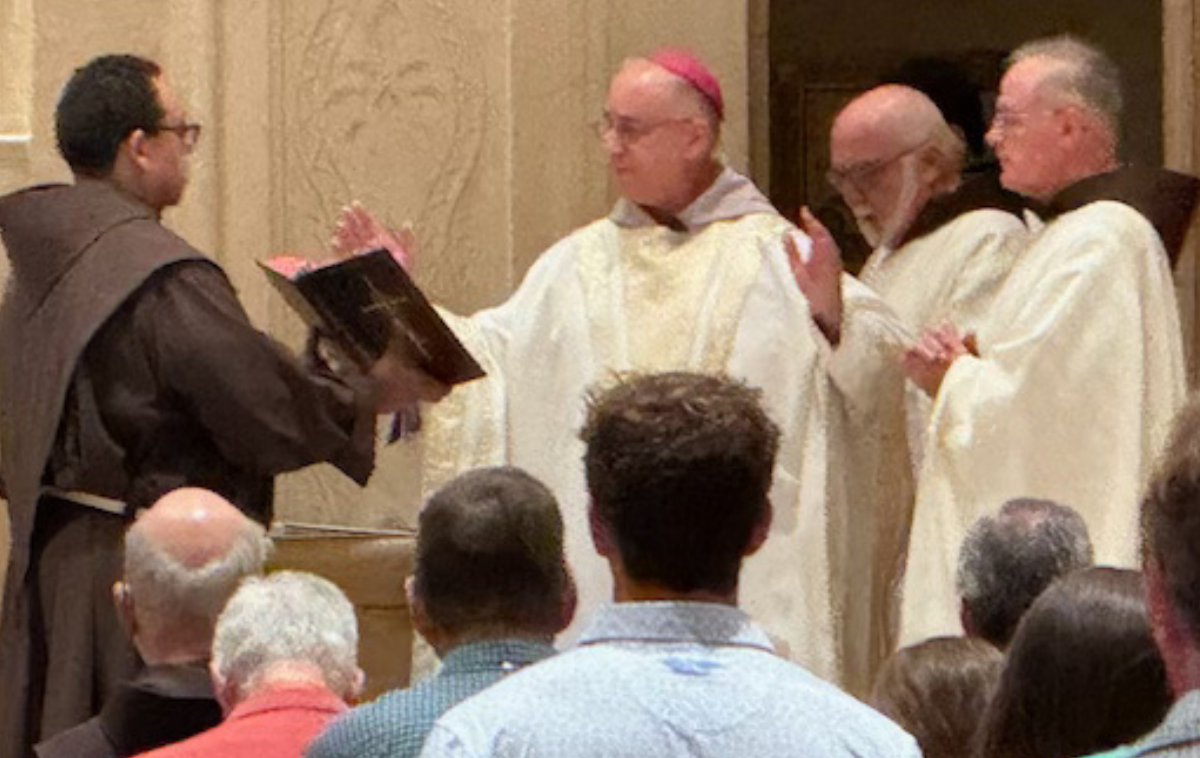Un fraile Franciscano comparte su respuesta ante la tragedia continua en Gaza
Un misil impactó un edificio de apartamentos en Gaza donde vivía la familia palestina de Nada Jwaifelat. Nada quedó atrapada bajo los escombros durante nueve horas, con las piernas aplastadas y sujetas por losas de concreto y hierro. Los siete hermanos de la niña y su abuela murieron ese día. El dolor físico y emocional de Nada era indescriptible. De no haber sido por el esfuerzo heroico del fotoperiodista palestino Motaz Azaiza y otros, Nada no habría sobrevivido a su terrible experiencia. Aun así, fue excepcionalmente afortunada en comparación con los más de 24,000 niños que han sido asesinados en Gaza durante los últimos 23 meses.
El pasado agosto, tuve la oportunidad de conocer a Nada y Motaz en Washington D.C. Escuchar sus historias —una representación contemporánea del Vía Crucis— me hizo pensar en San Francisco abrazando a un leproso y encontrando en él a Cristo disfrazado.
Espero que leas esta reflexión como una invitación a tocar las heridas de Cristo en el pueblo palestino; un llamado renovado a actuar hacia ellos como el Buen Samaritano, con caridad y justicia; a ser fieles a nuestro llamado bautismal de hablar y actuar con valentía profética. Nuestro hermano, el obispo John Stowe, OFM Conv., nos ha recordado recientemente que predicar la Buena Nueva implica denunciar lo que es contrario al Evangelio.
¿Qué está ocurriendo en Gaza?
Hay pruebas abrumadoras de que Israel está cometiendo genocidio en Gaza. Un pequeño pedazo de tierra (compárese con el tamaño de Washington D.C. o Manhattan), Gaza alberga a más de 2.2 millones de palestinos, casi la mitad de ellos niños. Tras más de cinco décadas de brutal ocupación militar israelí y el ataque liderado por Hamas el 7 de octubre de 2023, el nivel de destrucción en Gaza ha alcanzado proporciones sin precedentes en la era posterior a la Segunda Guerra Mundial. El bombardeo israelí de Gaza es “equivalente a seis Hiroshimas”. El 78% de todos los edificios están parcial o totalmente destruidos. Más de 65,000 palestinos han sido asesinados, 164,000 heridos, y muchos miles más enterrados bajo los escombros. El gobierno israelí está bloqueando la ayuda humanitaria, el agua y la electricidad a Gaza, utilizando el hambre masiva, las enfermedades y el ecocidio como armas de guerra. En resumen, Gaza se ha convertido en un campo de exterminio.
Francesca Albanese, Relatora Especial de las Naciones Unidas, sostiene que “Israel es responsable de uno de los genocidios más crueles de la historia moderna.” Dos de las principales organizaciones israelíes de derechos humanos —B’Tselem y Médicos por los Derechos Humanos Israel— han descrito recientemente las acciones israelíes en Gaza como genocidio. Así también lo han concluido los principales expertos mundiales en genocidio.
Tras su reciente visita pastoral a Gaza, nuestro hermano Franciscano y Patriarca Latino de Jerusalén, el cardenal Pizzaballa, dijo: “Cristo no está ausente de Gaza. Él está allí —crucificado en los heridos, enterrado bajo los escombros, y presente en cada acto de misericordia, cada vela en la oscuridad, cada mano extendida al sufrimiento.”
Podrías preguntarte, ¿por qué no hay tanta indignación moral pública ante lo que ocurre en Gaza? Las autoridades israelíes han prohibido la entrada de periodistas internacionales a Gaza desde que comenzó la guerra. Esto no tiene precedentes en ningún otro conflicto de la historia moderna. Además, en los últimos 23 meses, 248 periodistas y trabajadores de medios —en su mayoría palestinos— han sido asesinados en Gaza. Esto supera el número de periodistas muertos en la Primera y Segunda Guerra Mundial, Corea, Vietnam, Afganistán y Ucrania combinados. A medida que los periodistas locales son asesinados con impunidad, las historias e imágenes desgarradoras que retratan el genocidio y el hambre masiva del pueblo palestino en Gaza simplemente no llegan al público en general.
Mientras el gobierno israelí provoca hambruna en Gaza y aumenta la violencia en Cisjordania, Estados Unidos continúa proporcionando la mayor parte de su equipo militar, bombas y otras municiones que alimentan la agresión israelí. Nuestro país también desempeña un papel clave en proteger a Israel de cualquier acción internacional significativa y permitirle actuar con total impunidad. En el proceso, estas graves violaciones de la humanidad básica y del estado de derecho erosionan significativamente los fundamentos del orden internacional y la reputación y liderazgo de Estados Unidos en el mundo.
Muchos cristianos palestinos han apelado a nosotros, cristianos del mundo occidental, para que escuchemos su clamor por justicia, paz y solidaridad. Nos han desafiado a contrarrestar a los llamados “sionistas cristianos” que fomentan el racismo anti-palestino y malinterpretan nuestra fe cristiana para justificar e incluso apoyar activamente el robo de tierras palestinas y el asesinato de su pueblo. Así como San Francisco de Asís desafió a los cruzados violentos y su ideología impulsada por motivaciones religiosas equivocadas, nosotros también, como Franciscanos, no debemos quedarnos al margen cuando los sionistas cristianos en nuestro país son cómplices de convertir la Franja de Gaza en un infierno viviente.
Los cristianos palestinos nos exigen que seamos fieles a lo que profesamos como discípulos de aquel que se describió a sí mismo como “el camino, la verdad y la vida.” Estoy agradecido con nuestro liderazgo provincial por hablar proféticamente junto a las Iglesias en la Paz de Medio Oriente, llamando pública y repetidamente al alto el fuego, la liberación de los rehenes, la desmilitarización del conflicto y la protección de los palestinos en Cisjordania contra la violencia infligida por colonos y soldados israelíes. Nuestro compromiso con la revitalización de nuestra vida y misión Franciscana en EE.UU. implica una disposición por parte de los frailes individuales, nuestra Provincia, iglesias y escuelas donde servimos, a hablar proféticamente contra la complicidad de nuestro país en el genocidio en curso y el terror diario que experimenta el pueblo palestino en Gaza y, cada vez más, también en Cisjordania. ¿Actuaremos por miedo a la represión, autocensurándonos y convirtiéndonos en parte de la conspiración del silencio y la banalidad del mal? ¿O actuaremos en solidaridad y comunión con las Iglesias Cristianas en Tierra Santa, como fieles custodios de la tradición profética Franciscana, ayudando a replantear el conflicto en Tierra Santa y construyendo puentes en los campos de batalla ideológicos contemporáneos al estilo de Damieta, como nos muestra la monja ortodoxa griega, Madre Agapia.
En su mensaje en video, mi amigo judío-estadounidense, Mark Braverman, nos implora como Franciscanos a no dejarnos intimidar por quienes acusan indiscriminadamente de antisemitismo a cualquiera que critique la campaña genocida israelí.
¿Qué nos corresponde hacer?
“Habla por los que no pueden hablar por sí mismos” (Proverbios 31:8-9). Alzar nuestra voz moral tiene un efecto dominó. Rompe el silencio y anima a otros a hablar y actuar. Contacta a tus miembros del Congreso y apoya la Ley Bloquea la Bomba. Únete a la campaña global “Que los niños vivan”. Denuncia y desvincúlate de las empresas cómplices de la limpieza étnica en Palestina. Mantente en solidaridad con el pueblo judío trabajando por la liberación de todos los rehenes y el fin del genocidio. Aprende cómo puedes ayudar a tu parroquia a incorporar un llamado a la justicia y la paz en Tierra Santa durante la preparación para el Adviento. Sigamos los pasos de San Francisco como instrumentos de la paz de Cristo y embajadores de su misericordia en un mundo herido.
##imageBlock1##
##imageBlock2##




